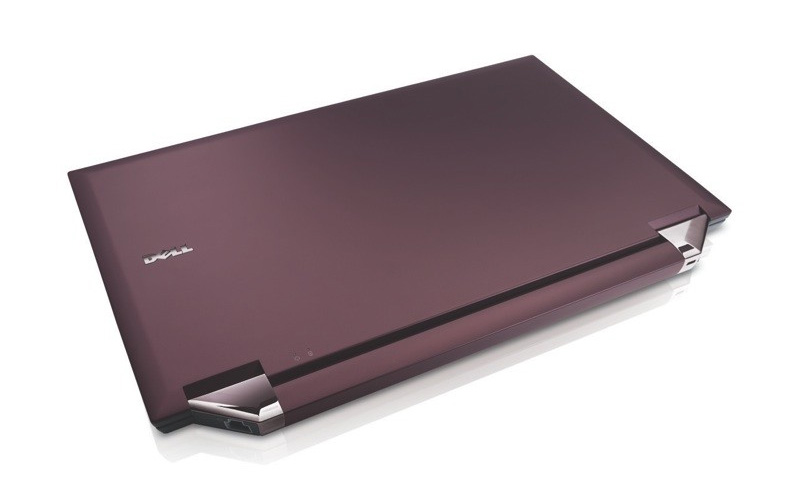New technologies emerge faster than ever now, but the editors and writers at the MIT Technology Review think they know which ones will be making the biggest impacts this year. The renowned tech magazine published its annual list of the 10 Breakthrough Technologies of 2020 Wednesday morning; editor David Rotman spoke with Digital Trends about why everyone will be talking about tiny A.I., satellite mega-constellations, and anti-aging drugs this year.
“What we do to put the list together is really just ask each of our writers and editors, ‘What are really the most important advances that you've been writing about, thinking about over the last year?’” Rotman told Digital Trends. While it doesn’t have to be the most-covered tech, the breakthroughs that make the list often have multiple companies or organizations working towards making it happen. “We're looking for big trends that are getting a lot of people excited,” he said.


